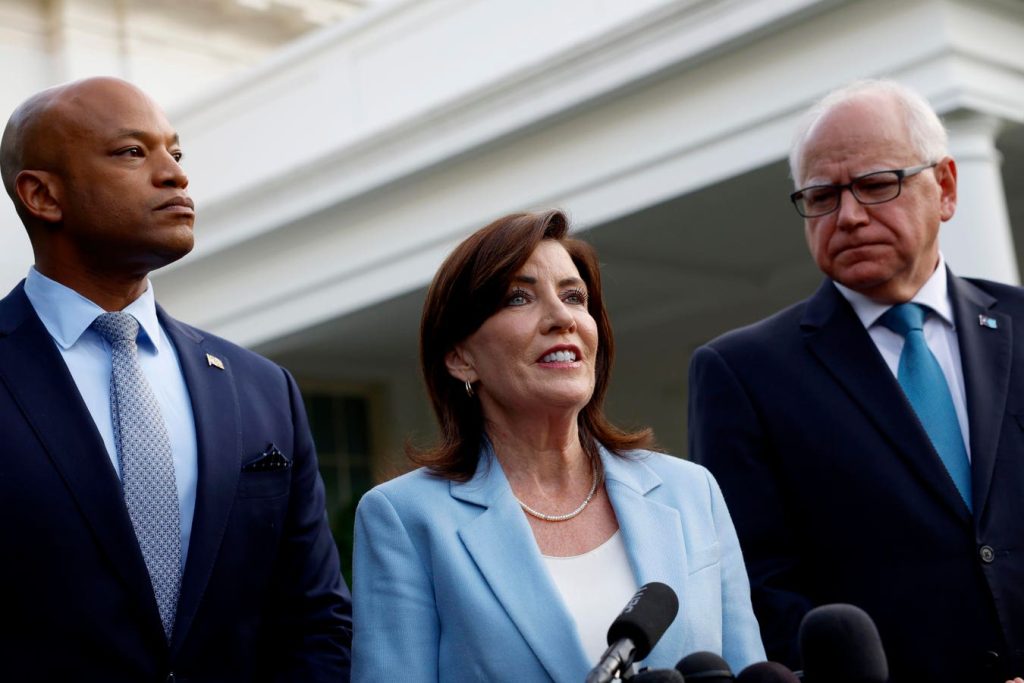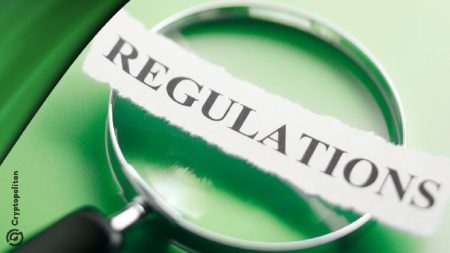A Tale of Two Tax Policies: Red States Cut, Blue States Hike in 2025
The first weeks of 2025 have witnessed a stark divergence in state-level tax policies across the United States, revealing a growing chasm between the fiscal approaches of Republican-led "red" states and Democrat-governed "blue" states. While red states are largely pursuing income tax cuts, aiming to stimulate economic growth through lower rates and a more business-friendly environment, blue states, particularly those on the coasts, are moving in the opposite direction, proposing tax increases primarily targeting high-income earners to fund social programs and address budget gaps. This contrasting approach highlights a fundamental disagreement on how best to foster economic prosperity and address inequality.
Maryland’s Democratic Governor Wes Moore, seen as a potential future presidential contender, has put forth a budget proposal that exemplifies the blue state trend. His plan includes raising the top marginal income tax rate from 5.75% to 6.5%, coupled with a 1% surtax on capital gains. While analysts acknowledge this hike is less drastic than those proposed in some other states, it raises concerns about Maryland’s competitiveness, particularly given the recent wave of income tax reductions in neighboring jurisdictions. When combined with local taxes, the top marginal rate for some Marylanders could exceed 10%, potentially prompting high-income earners and businesses to relocate to lower-tax states. The capital gains surtax, mirroring Minnesota’s policy, further adds to the tax burden and could discourage investment.
Proponents argue that these tax increases will only impact the wealthy, but critics point out that high-income individuals and businesses are highly mobile and sensitive to tax changes. Historical data supports this argument. A similar tax hike implemented in Maryland in 2007 led to a significant exodus of millionaires from the state, resulting in decreased tax revenue despite the higher rates. A similar pattern emerged in California after a 2012 tax hike on high earners. This mobility underscores the potential unintended consequences of targeted tax increases, as they can lead to a shrinking tax base and ultimately lower revenue.
Moreover, while Governor Moore’s tax hikes are presented as solely affecting high earners, they also impact numerous small businesses that file taxes under the individual income tax system. Thousands of sole proprietors, LLC owners, and partnership/S-Corp owners would face higher tax rates, potentially hindering their ability to create jobs and invest in their businesses. This ripple effect could dampen overall economic growth, particularly in a state already struggling to keep pace with national economic performance. Ironically, Moore’s proposal also includes a corporate tax rate cut, but its delayed implementation until 2028 raises questions about its impact.
Further adding to the tax burden, Moore’s plan introduces a new $0.75 delivery tax, exceeding similar taxes in Minnesota and Colorado. While the governor’s office emphasizes the proposed tax cuts for a majority of Marylanders and the elimination of the inheritance tax, critics argue that the overall budget plan lacks significant spending cuts and that the new taxes and fees will offset any relief for many residents. This dynamic reflects a broader debate about the role of government spending and the sustainability of tax increases as a long-term solution.
New York’s Governor Kathy Hochul similarly proposes to extend a temporary income tax surcharge on upper-income households, while allowing the corporate surcharge to expire, citing concerns about business "angst." This approach prioritizes retaining corporations while increasing the tax burden on individuals, reflecting a balancing act between revenue generation and maintaining a favorable business climate. In Massachusetts, Governor Maura Healey, having already overseen a substantial income tax increase in 2022, now proposes eliminating the sales tax exemption for candy, a move that would increase tax collections but effectively amounts to a new tax on consumers.
In Maine, the Democratic-controlled legislature is pushing for an income tax rate increase, despite Governor Janet Mills’ previous veto of a similar measure due to concerns about its impact on the state’s budget and reliance on a volatile income source from a small percentage of taxpayers. This internal debate mirrors the broader national divide on tax policy and the trade-offs between progressive taxation and economic competitiveness.
The diverging tax policies in red and blue states are creating a landscape of increasingly stark contrasts. While red states aim to attract residents and businesses with lower taxes and a less burdensome regulatory environment, blue states are prioritizing social programs and investments funded by higher taxes on higher earners. This trend is likely to intensify the competition between states for residents and businesses, with potential long-term implications for economic growth and demographic shifts across the country. The 2025 tax landscape thus foreshadows a continuing and perhaps escalating debate about the optimal balance between taxation, social welfare, and economic dynamism in the United States.














